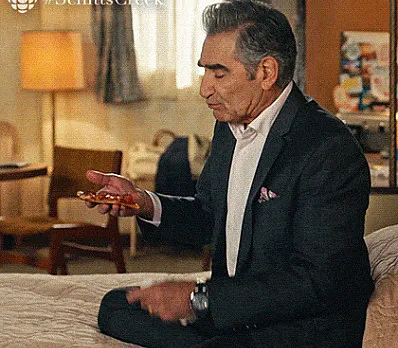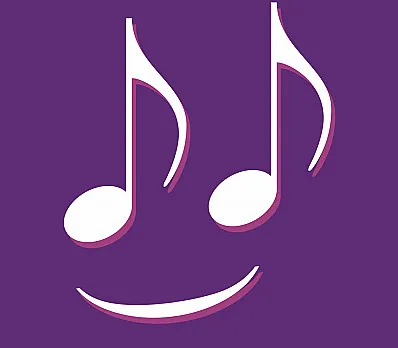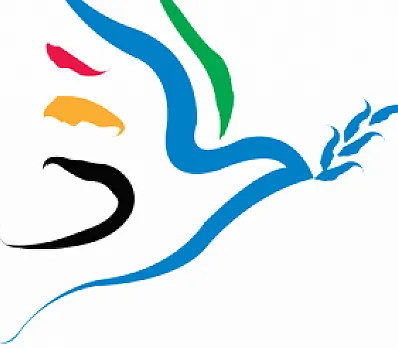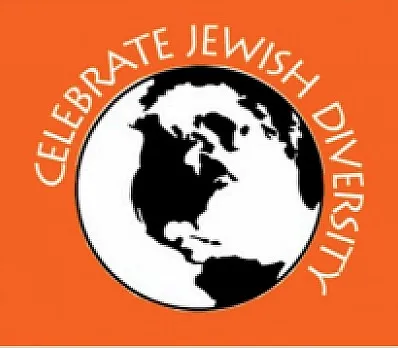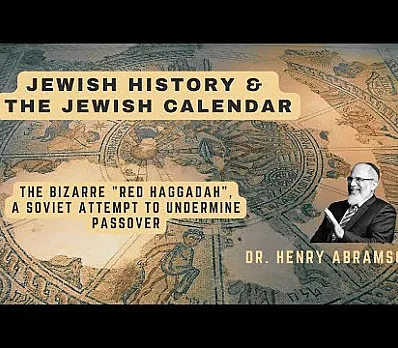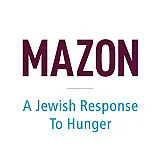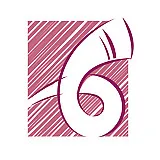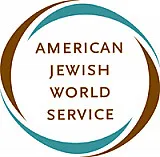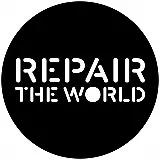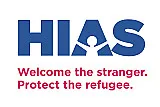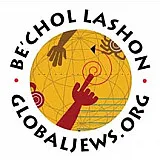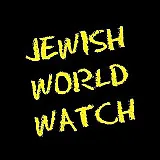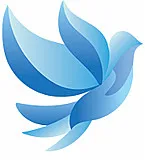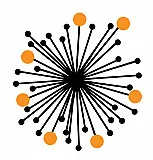Break the Matzah
Three matzot are stacked on the seder table; at this stage, the middle matzah of the three is broken in half. The larger piece is hidden somewhere in the house. Later, the children get to search for it, and whoever finds it gets a prize. Much of the Seder is about engaging children to ask questions - to learn the stories and be curious. This part simply keeps them awake and excited to search for the hidden matzah at the end of the long night. The hidden broken piece is called the Afikoman, which will be later eaten as the dessert. Why would we eat a broken matzah as our dessert? To represent that although we have become free, we must still remember the feeling of oppression -- and hope for full freedom and redemption to come.
MISHA'ROTAM
Many Sepharadi/Arabic Jewish communities practice the tradition of Mish’arotam where each person gets a chance to personally act out leaving Egypt. They play out the scene & say:
Misharotam ṣerourot BeSimlotam ʿal Shikhmam. U’ḇenei Yisra’el ʿasou Kiḏḇar Moshe
All that remained was bundled in their clothing on their backs, and the children of Israel did as Moshe said
Each person takes a turn placing the bag of matzah over their shoulder. They are asked questions in Arabic which they respond in Hebrew:
MinWen Jaye? Where are you coming from?
MiMiṣrayim -- From Egypt!
LaWeyin Rayeḥ? Where are you going?
LeYerushalayim -- To Jerusalem!
Ishu zawatak? What are you carrying?
Matzah u Maror -- Matzah and Bitter Herbs
This moment allows each person to place themselves back in time and replay a scene: The Jews are wandering the desert, they come upon some locals. The locals all speak Arabic but the Jews are speaking Hebrew, the language that they kept through generations of enslavement. It’s clear from the exchange that both groups can understand each other, but the Jews here choose to exert their Judaism proudly, for perhaps the first time in their lives, because they are free.
In many families, this tradition is also time to have fun and get creative. People will often make up their own crazy or funny answers to the questions while going around the table. Let’s try this out and come up with our own responses to learn about each other.
At each table, in turn, each guest should answer the following questions:
MinWen Jaye? Where are you coming from?
LaWeyin Rayeḥ? Where are you going/What is your hope?
Ishu Zawatak? What do you carry with you?
Inspired to create
your own Haggadah?
Make your own Haggadah and share with other Seder lovers around the world
Have an idea
for a clip?
People like you bring their creativity to Haggadot.com when they share their ideas in a clip
Support Us
with your donation
Help us build moments of meaning and connection through
home-based Jewish rituals.
OUR TOP CONTRIBUTORS
Passover Guide
Hosting your first Passover Seder? Not sure what food to serve? Curious to
know more about the holiday? Explore our Passover 101 Guide for answers
to all of your questions.
